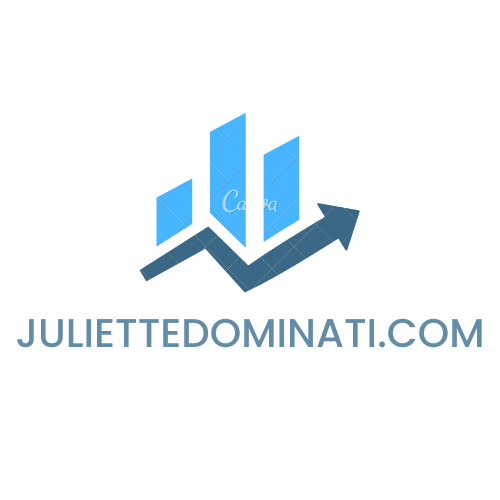Introduction
Ever wondered how insurance can fit into your investment strategy? You’re not alone. While insurance is traditionally seen as a way to protect against potential losses, many are unaware that it can also act as an investment tool to build a solid financial safety net.
The Importance of a Financial Safety Net
Why even worry about a safety net? Because life’s uncertainties demand it! A financial safety net ensures that you and your loved ones remain protected against sudden economic hardships. It’s not just about setting money aside; it’s about strategic allocation to maximize growth and security.
Traditional Investments vs. Insurance Investments
While stocks, bonds, and mutual funds might be the more recognized investments, insurance products like whole life, universal life, and annuities offer competitive returns with an added layer of protection. But what makes them stand out?
Key Investment Strategies Using Insurance
Whole Life Insurance
Whole life insurance offers a guaranteed death benefit, with premiums that don’t change and a cash value component that grows over time.
Benefits of Whole Life Insurance
- Guaranteed Returns: The cash value grows at a guaranteed rate.
- Tax Advantages: Enjoy tax-deferred growth and tax-free withdrawals up to the amount you’ve paid in premiums.
Potential Drawbacks
- Higher premiums compared to term life insurance.
- Limited growth potential in comparison to riskier investments.
Universal Life Insurance
Universal life insurance offers more flexibility in premiums and death benefits, along with an investment component.
Benefits of Universal Life Insurance
- Flexible Premiums: Adjust payments based on your financial situation.
- Investment Potential: Some policies allow investment in stock or bond-like accounts.
Potential Drawbacks
- Interest rate fluctuations can affect the cash value.
- Higher fees and administrative costs.
Annuities
Annuities are contracts with insurance companies, offering periodic payments in return for a lump sum or series of payments. They’re excellent tools for steady income streams.
Combining Traditional Investments with Insurance
Diversification with Insurance Products
Ever heard the saying, “Don’t put all your eggs in one basket?” That’s diversification. By combining traditional investments with insurance, you spread risk across different assets, ensuring that a downturn in one doesn’t topple your entire financial structure.
Risk Management and Safety
Insurance-backed investments inherently come with protection features. While you might compromise on higher returns, you gain security and peace of mind.
Conclusion
Final Thoughts
Investing is not a one-size-fits-all. While traditional investments have their merits, insurance can provide unique benefits that go beyond mere protection. By understanding and leveraging these products, you can create a robust and diversified portfolio that serves both your protection and growth needs. But for some people, understanding the insurance products can be tricky task. In such cases, consulting your local insurance agent is always a wise thing to do.
FAQs
- Can insurance replace traditional investments? No, insurance should complement, not replace, traditional investments. They serve different primary purposes.
- Is there a limit to how much I can invest in insurance products? Yes, limits are based on the policy and your insurability.
- How liquid are insurance investments? It varies. Some insurance products have surrender charges or penalties for early withdrawal.
- Do insurance investments offer any tax advantages? Yes, many insurance investments, like whole and universal life, offer tax-deferred growth.
- Can I lose money with insurance-backed investments? While they offer more security, certain products, especially those tied to market performance, have potential risks. Always consult with a financial advisor.

